National 2014 Benchmarking Report compares key biking and walking statistics across cities, states
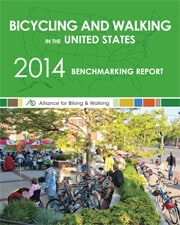 In conjunction with the Centers for Disease Control, the Alliance for Biking and Walking publishes the biennial Benchmarking Report to collect and analyze data on bicycling and walking in all 50 states, the 51 largest U.S. cities. The Report combines original research with over 20 government data sources to report data on bicycling and walking levels and demographics, safety, funding, policies, infrastructure, education, public health indicators, and economic impacts. It’s an essential go-to resource for public officials, advocates, decision makers, and researchers.
In conjunction with the Centers for Disease Control, the Alliance for Biking and Walking publishes the biennial Benchmarking Report to collect and analyze data on bicycling and walking in all 50 states, the 51 largest U.S. cities. The Report combines original research with over 20 government data sources to report data on bicycling and walking levels and demographics, safety, funding, policies, infrastructure, education, public health indicators, and economic impacts. It’s an essential go-to resource for public officials, advocates, decision makers, and researchers.
As Pittsburgh is technically not one of the largest 51 US cities (based on population), we’ve been left out of this important document until this year. Thanks in part to Pittsburgh Today, the Alliance decided to add some “pilot” midsized cities to supplement the report.
While the report does a fine job comparing us to the other midsized “pilot” cities in our cohort (Anchorage, Baton Rouge, Madison, Spokane, and St Louis), we also share a whole lot with many large US cities, so we took the data one step further and added Pittsburgh’s info where appropriate.
Below you’ll find some choice graphics for your inner geek. Some are pulled directly from the Benchmarking report, while some we’ve inserted Pittsburgh’s data for context.
The full 2014 Benchmarking report contains of wealth of information that we obviously couldn’t include in this post, so please go and download it for free or order yourself a hard copy.
Click on any image to enlarge.
Mode Share
Here’s a nice graphical representation of the American Community Survey numbers that we’ve been pushing for the past several years. Pittsburgh has consistently had a large walking commuter mode share, and a respectable bike mode share. As you’ll see, we have a large number of sidewalks within dense neighborhoods, so it’s not surprising that the infrastructure will support behavior.
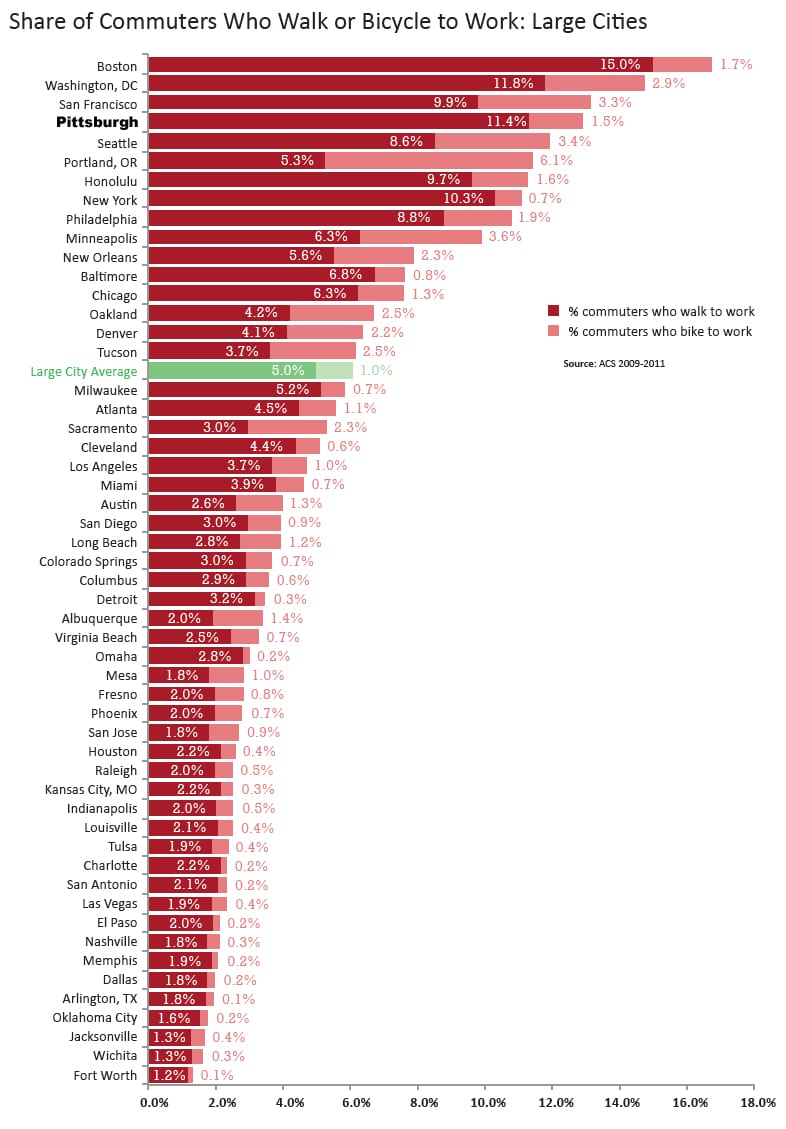
Density seems to play a significant role in biking and walking rates. Pittsburgh, with a density of 5,540 people per square mile (approximately equal to Honolulu, HI), has a biking/walking mode share of 12.9%, falling neatly into this graph. Interestingly, Pittsburgh and Honolulu seem to share very similar metrics across the board, putting a hole in the theory that our weather prevents people from biking and walking in large numbers. Quite the contrary, the report also shows that levels of precipitation and days below freezing have no significant effect on commuter rates, however, days above 90 degrees seem to negatively effect the rate. Whether that means that people are unwilling to ride when it’s over 90, or that the cities that tend to go over 90 are also the most car-oriented remains unclear. What is clear is that density and infrastructure do positively impact commuter rates.
 Here’s some stats about some basic biking and walking infrastructure, within the midsized city cohort. While we have the least number of signed bike routes, the City has federal money programmed for 2015-16 for a citywide bike routing system.
Here’s some stats about some basic biking and walking infrastructure, within the midsized city cohort. While we have the least number of signed bike routes, the City has federal money programmed for 2015-16 for a citywide bike routing system.
Infrastructure
City Staffing
We’re on the low end in terms of staffing. The real take away is that Pittsburgh is the only city without any form of an official bicycle or pedestrian advisory committee. Advisory committees are a great way to get city personnel, police, and the public together to discuss and shape the approach and priorities of bicycling and walking issues.
Safety
Pedestrian and bicycle fatalities are a key indicator of safety. The stats below are measured during the 3 year timespan of 2009-2012. Nationally, only 2.1% of federal transportation funding goes to biking and walking projects, yet, as indicated below, bike/ped makes up a significant percentage of all traffic fatalities, 24.1% in Pittsburgh.
For comparison sake, here’s bicyclist safety in large US Cities.
This graphic shows that the higher the bicycle commuter rate, the lower the fatality rate. We’ve added Pittsburgh to the graph to show that the correlation stays true.
Health
Unfortunately, Pittsburgh trends high for adults with obesity, diabetes, and high blood pressure. We’d argue that making it feel safer to bike, more people will do it, helping us deal with these public health issues.
We’d like to extend a warm thank you to Pittsburgh Today for helping fund our city’s inclusion into this important report.
Check out the full Benchmarking Report Here
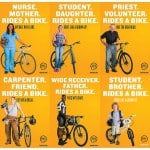 Our Drive With Care Indiegogo campaign still has $20,000 to raise in 7 days! With your help we can make it. Please consider donating to make sure this message gets sent loud and clear to people on the other side of the windshield, “Bike riders are your friends, family, and neighbors. Please Drive With Care.”
Our Drive With Care Indiegogo campaign still has $20,000 to raise in 7 days! With your help we can make it. Please consider donating to make sure this message gets sent loud and clear to people on the other side of the windshield, “Bike riders are your friends, family, and neighbors. Please Drive With Care.”
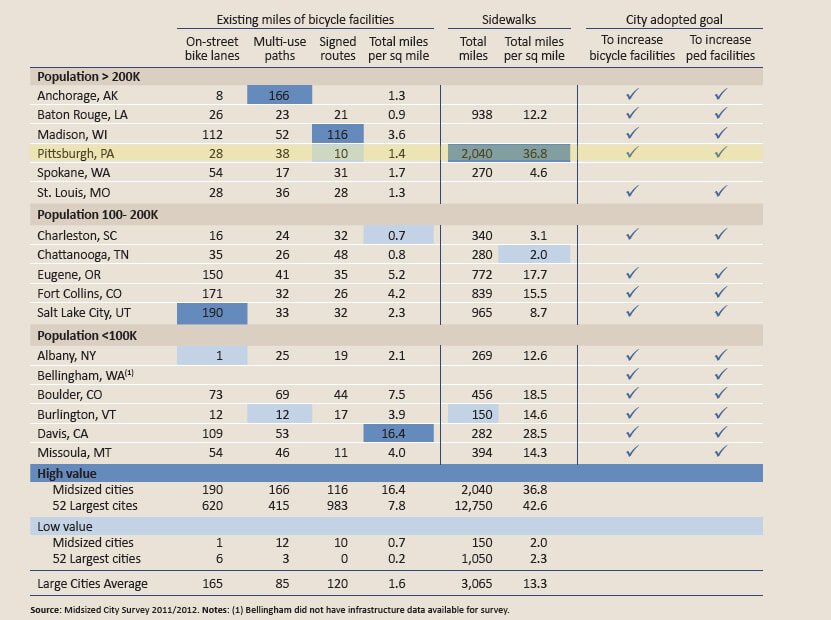
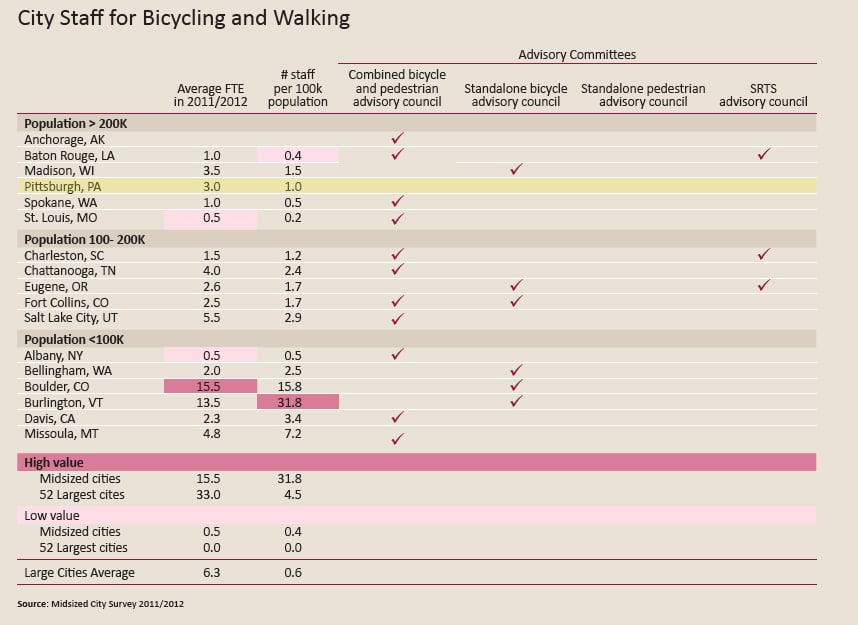
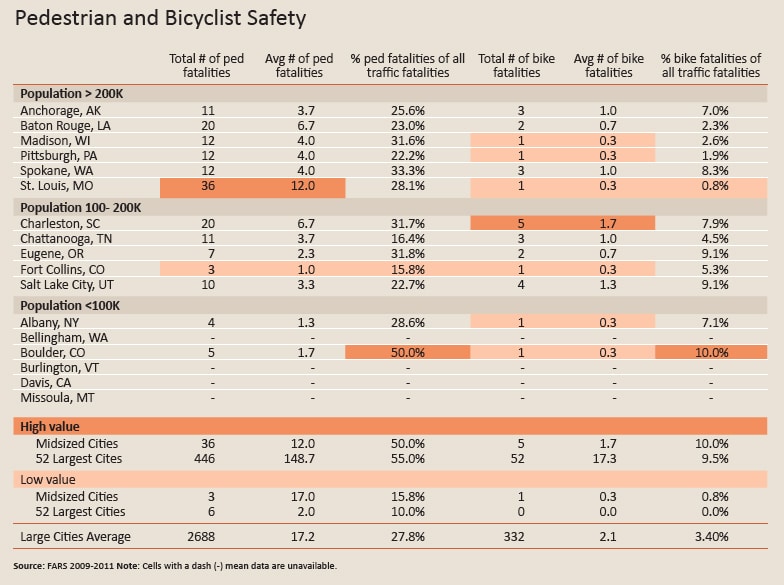
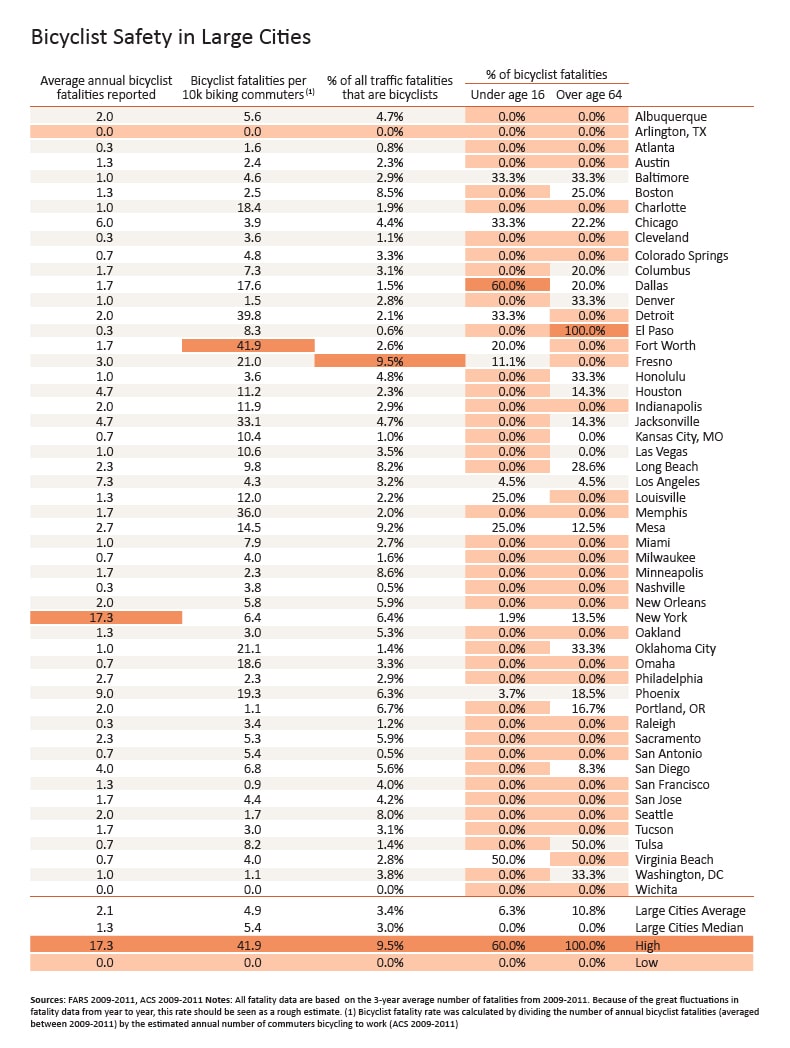
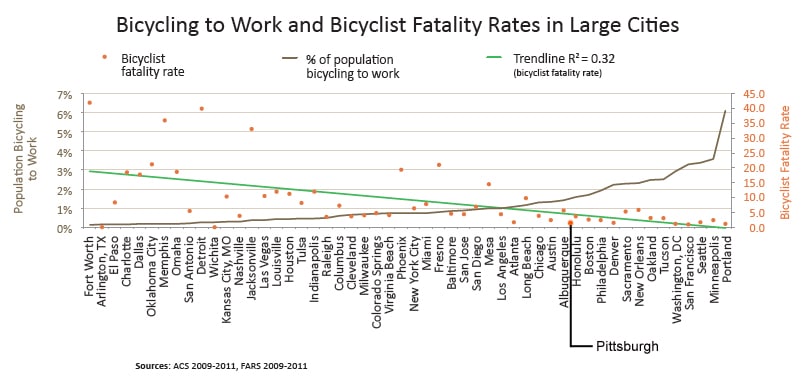
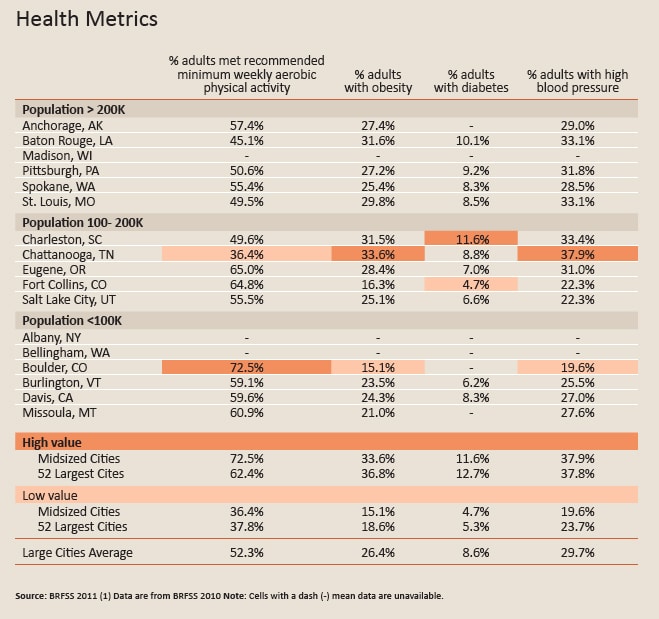
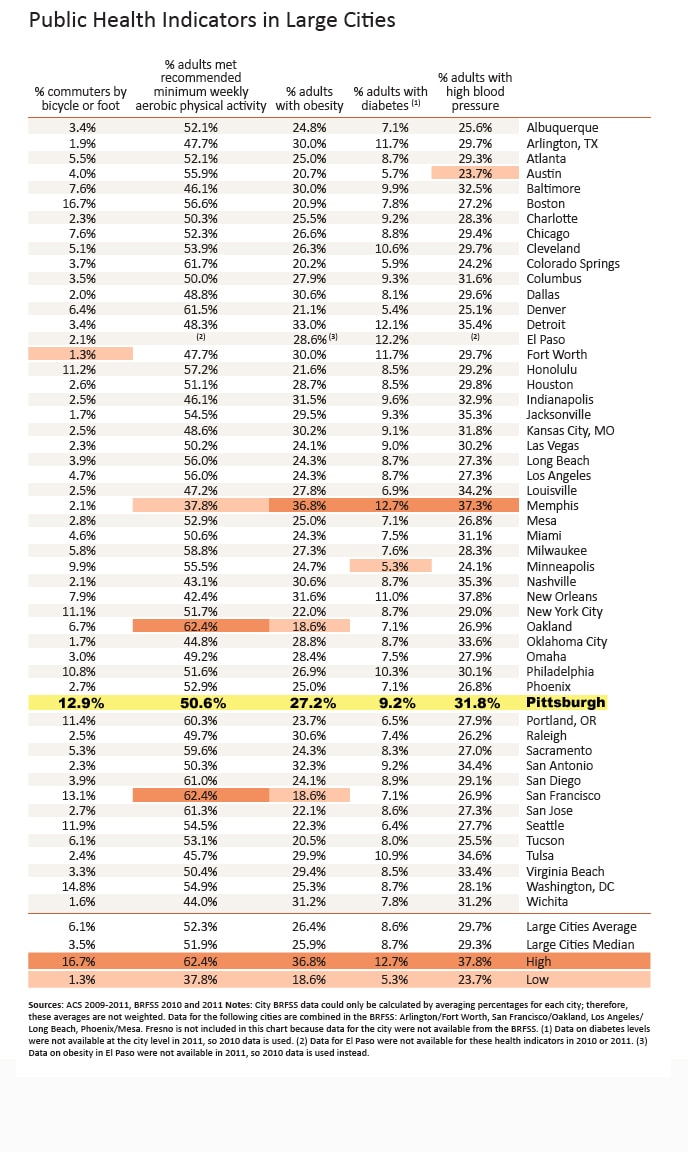
1 Comment
[…] While Pittsburgh is technically not one of the largest 50 cities in the country, we are added in as “additional” cities of the small and mid-size variety. The other cities in our population cohort are Anchorage, Baton Rouge, Madison, Spokane, and St Louis. The first time that we were included in this study was in 2014. […]